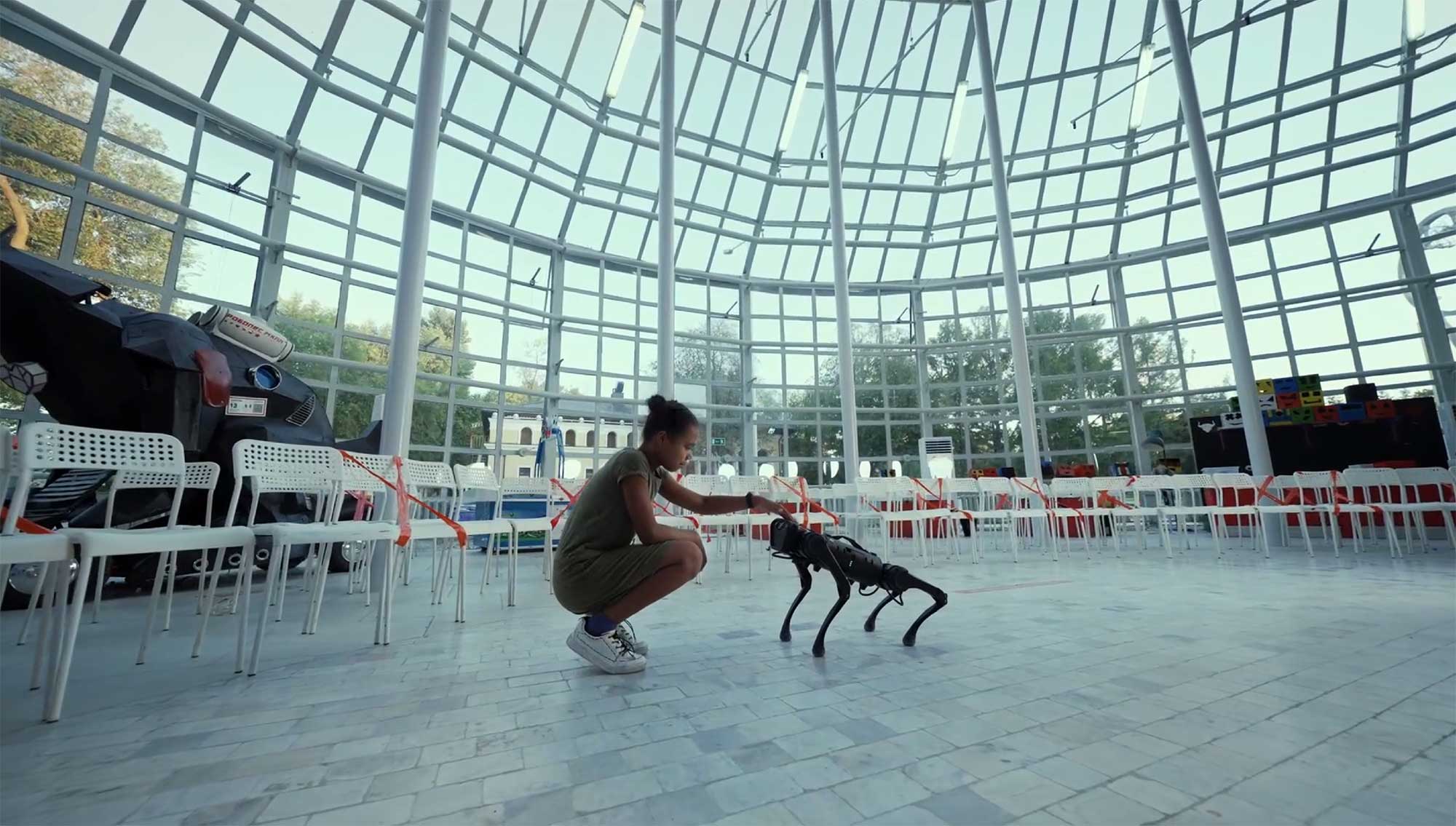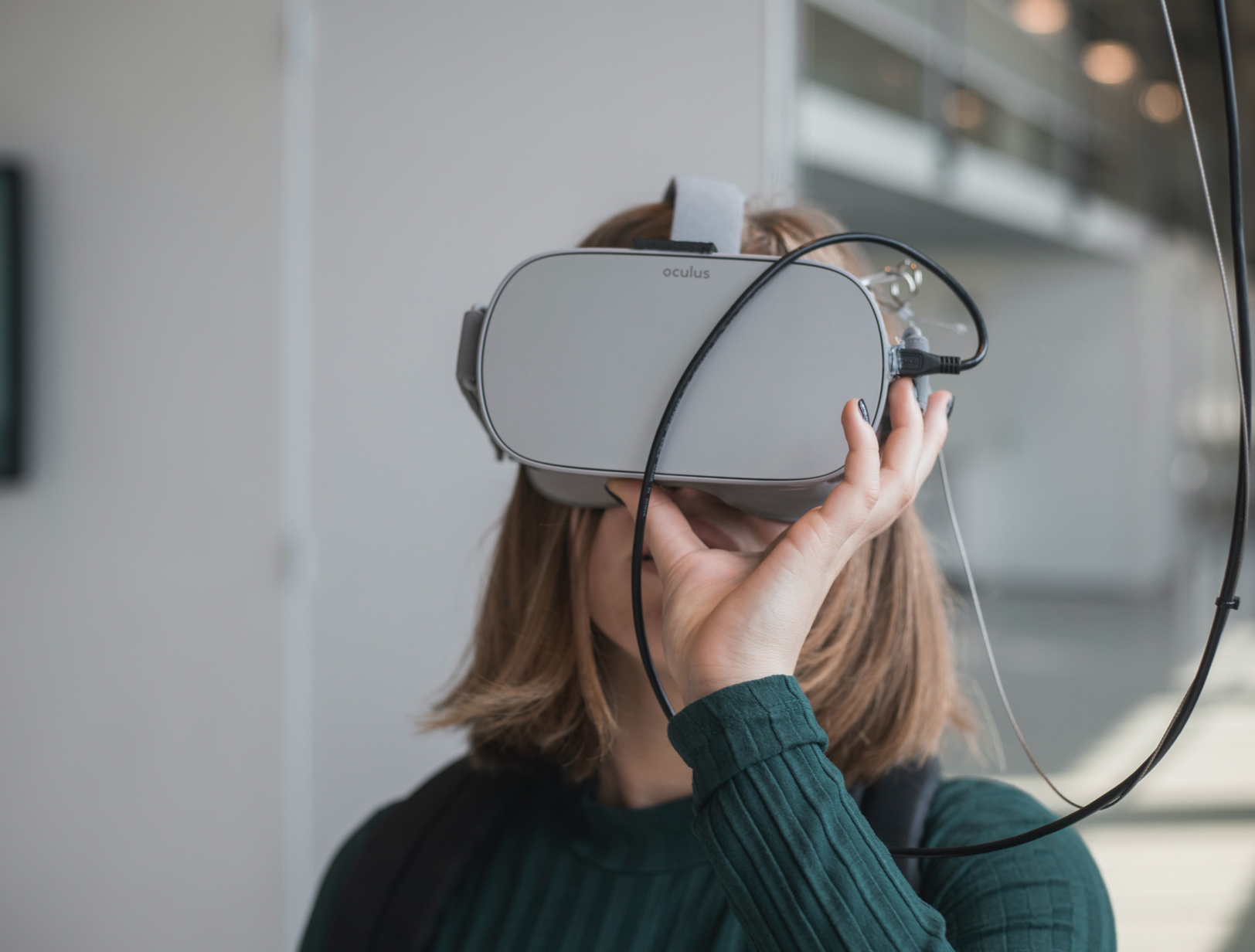Wyhn

The context
Wyhn is a software company that provides real-time fleet management solutions for the transportation sector. CEO Dominic Laplante (himself a bus driver) and his team saw a great business opportunity to make the school transit industry more efficient through technology.
Our client had identified several challenges within the school bus industry. Firstly, the tools used to communicate between stakeholders were outdated (many were still stuck on fax and paper). As a result, it was complex to manage urgent situations, such as a driver’s or student’s absence, detours en route to the destination, etc.
Together with Wyhn, we highlighted opportunities for improvement in the user experience and what needed to be addressed to bring the product to the next level, namely creating a dedicated space for each stakeholder, as they have specific and unique needs.
Project details
The challenge
Their ask from us was to enhance their existing app, so that they could get more traction from potential clients. Our team is always up for a challenge, especially when we are called to an industry where existing processes are archaic, complex and inefficient. This project allowed us to meet our clients business objectives, on budget and helping them meet their financial targets.
The client approached us with a first iteration of their web and mobile app. They had a solid foundation in place, but wanted more efficiency, enhanced functionality, and streamlined design. To get started on a refresh through a new UI phase, we had to first understand the challenges of their key stakeholders: school boards, independent schools, transportation companies, school bus drivers, students, and parents.
Since they were still seeking funding, a primary challenge was to provide the best possible solution to meet Wyhn’s needs, while respecting their budget. To accomplish this goal, we kicked off a discovery phase with an adapted design approach.
The industry, and our client’s stakeholders, faced multiple challenges to undergo a digital transformation such as old habits, manual processes, frequent changes to the school calendar, different data points between stakeholders (e.g. the distance of routes recorded at the school board vs. the reality of the journey), changes of path due to roadworks and accidents, addition and removal of bus stops during the school year due to a child moving, and others.
The old process was for drivers to update the transport company of any changes, who would in turn update the school, who would in turn update parents. Communication breakdown could happen at any point along this chain, and so a major opportunity identified by Wyhn that would benefit stakeholders was to reduce intermediaries and improve communication between users by providing them with real-time information.


The task at hand
To meet the requirements of the project, our team proposed to build an interactive prototype for an entirely new application. We focused on risk reduction for our client, while enabling Wyhn to pitch their idea to potential investors. Another advantage of the prototype was that it can be used to test the appeal of the product and gather feedback with different user groups before building out the full solution.
How did we go about it? The first step was our discovery phase workshops, where we defined our client’s vision and better understood the product. In the sketching phase, we illustrated that vision to validate the big principles with the client and draft the final interface. From there, we proceeded to the wireframe phase, bringing the selected sketches to life with rich data and real use cases inFigma. This process allowed us to show the full experience and validate the flows with our client. Finally, we graduated to the prototyping phase where we added animations for the “wow” factor and to get as close as possible to a real product.





The end result
The prototype brought everyone together on a single platform to interact directly, and be informed of any delay or problem. Parents can sign up to follow their children's bus routes in real-time. School boards can follow the fleets for their schools and edit routes throughout the school year. The bus drivers can follow their routes and signal any changes, as well as be aware of their schedule and review all the information for their bus and route. Transport companies can keep track of the whole fleet, reach the driver or schools directly, enabling push notifications for any changes. For them it is like a control center for all the buses and managing resources effectively (vacations, replacements, schedules, etc.).
The goals of this project were consistent with our mission at Osedea - making the world a more efficient and enjoyable place. We are motivated by projects that take a human approach (in this case, our client’s desire to solve a problem he experienced firsthand as a bus driver in the field), and we are extremely proud of this collaboration. Wyhn was pleased with the final result as it came quite close to having a real product. You can read more about interactive prototypes and how they can reduce costs and time of realization here.
What’s next

Did this project give you some ideas? We’d love to work with you! Get in touch and let’s discover what we can do together.
Insights
We’re on a constant quest to broaden our horizons and spread wisdom. It’s all about pushing boundaries and elevating our game.







-min.jpg)
.png)
-min.jpg)


